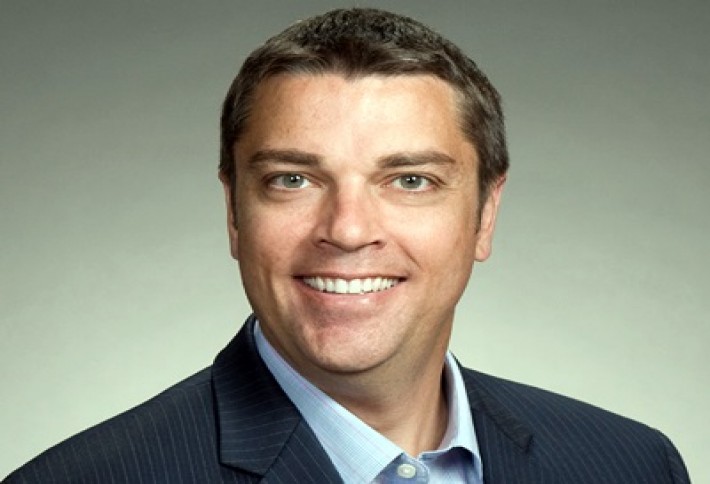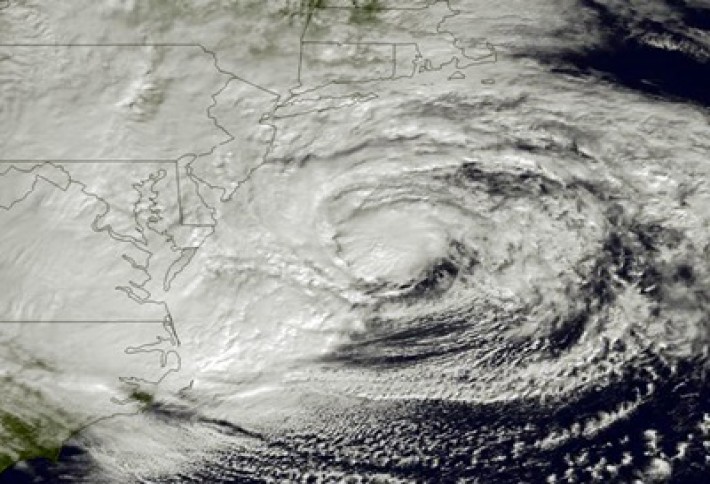Four Things You Need to Know About Data Centers in 2013

On June 19-20, we're gathering thebest and brightest in the data center industry for our annual DICE event in DC. (Join us--bring the family and let them run rampant through American history.) We spoke with four of our panelists to learn fourtrends the industry encountered since last year's event.
1. Cloud is a Reality

Cologixs Todd Coleman says cloud services have moved beyond buzz words and hype from a year ago. Most companies, if not exploring alternatives, have downright adapted cloud services. This has an interesting affect of collapsing IT and telecom together, Tom says. 451 Groups Jim Grogan says cloud has shot from being a testing ground to a mission critical aspect to corporate data center usage.
2. Confidence in Security

Because government and healthcare had compelling needs for privacy and security, the idea of going to third-party providers-- let alone the cloud--was anathema. Theyre not the only ones. Financial services had this belief for years, Andrew says. But security is such a focus with 3P players--and the level of security so improved-- that even healthcare and government are turning to outside data centers. Its led to another realization for healthcare--it can convert space in hospitals once used by data center equipment into space for medical equipment, which can increase billing.
3.Its (Not) Location, Location, Location

Data Center Pulse's Tim Crawford tells us,Im working with a large bank right now, looking to outsource their data center, and the location doesnt matter. Thats not to say the top tier data center markets wont still be the nexus of activity, but second tier and tertiary cities are getting consideration. 451s Jim tells usthe data center could be anywhere; the benefit of operating in, say, Montreal versus Ashburn is in cost. (Will those two cities ever stop fighting? You can't think of Montreal without thinking of its deep rivalry with Ashburn, Va.) Jim says some location offers attractive tax incentives, andothers have lower energy costs.
4) Its Dead, Jim!

Make no Bones about it (Star Trek fans, that's for you), the ability for a customer to keep operating after disaster strikes is monumental to critical applications. The biggest shift from Superstorm Sandy was that it highlighted the importance of disaster recovery and business continuity plans in geographically diverse locations, says Cologixs Tom. Did you catch that last part? Multiple locations? Jim echoes this trend: This has been unfolding and emerging easily for five to seven years, he says. Were probably looking at somewhere in the range of 60% to 70% of applications out there that people depend on are deployed in multiple sites.
